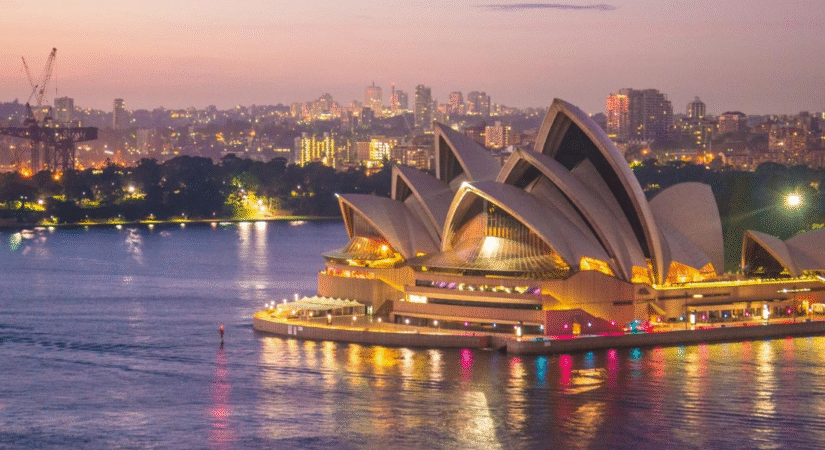Renters across Sydney are continuing to feel the financial squeeze, with many suburbs experiencing a sharp rise in rental prices over the past year. Whether in the city’s affluent eastern suburbs or further out in the southwest, prices are trending upward, leaving fewer options for those chasing affordability.
While a handful of suburbs have seen rent reductions—mostly in premium areas—these drops offer little relief to most renters. For those seeking budget-friendly housing, genuinely affordable suburbs are becoming harder to find.
According to Domain’s latest Rent Report, several areas in Sydney posted double-digit rent increases between June 2023 and June 2024. This includes locations in both the east and the outer southwest, highlighting the growing demand in traditionally lower-cost areas.
“We’re seeing a shift towards more affordable living options,” said Domain’s Chief of Research and Economics, Dr Nicola Powell. “Unit rents are rising faster than house rents—evidence of a growing affordability crunch across the city.”
Sydney’s rental market continues to favour landlords, with the citywide vacancy rate sitting at just 1.1%—well below the 3% mark considered a balanced market. Median asking rents reached new highs in June, hitting $780 per week for houses and $740 for units.
Suburbs Leading the Price Surge
Some suburbs experienced dramatic rent hikes over the year:
-
Clovelly (Eastern Suburbs): House rents soared 41.3% to a staggering $2,225 per week.
-
Collaroy (Northern Beaches): Rose 38.5% to $1,800 per week.
-
North Turramurra (Upper North Shore): Increased 30.4% to $1,500 per week.
For units, the biggest rent jumps were in:
-
Revesby (Bankstown area): Up 22.9% to $738 per week.
-
East Gosford (Greater Sydney, Central Coast): Rose 20.5% to $470.
-
Roselands (Canterbury area): Increased 17.6% to $600.
These areas may still offer relative affordability compared to central locations, but they’re quickly becoming less accessible to renters on tight budgets.
Where Rents Are Falling
A few locations bucked the trend, with rents decreasing:
-
Edgecliff (Eastern Suburbs): House rents dropped 15% to $1,275 per week.
-
Bondi Junction: Down 11.1% to $1,300.
-
Enmore (Inner West): Unit rents fell 7.8% to $530.
-
Appin (Outskirts of Sydney): House rents dropped the most—16.9% to $565.
Adapting to Rising Costs
To cope with skyrocketing rents, many tenants are adjusting their lifestyles. Brendan Coates from the Grattan Institute noted that more people are downsizing, moving into shared homes, or returning to live with family. “Sydney is at the centre of Australia’s rental crisis,” he said.
One such example is Joanna Penty, a single mother and cognitive behavioural therapist who downsized from a two-bedroom apartment in Canterbury after a rent increase. Despite no change in Canterbury rents over the past year, they’ve jumped 35.4% over the past five years to $650 a week.
To manage costs, Joanna moved into a larger terrace house in Sydney’s southwest and sub-leased extra rooms. The arrangement has allowed her to stay in the area while starting a new business, although it comes with the added responsibility of managing household logistics and tenants.
“I feel lucky to be in this home,” she said. “It’s a beautiful property, and communal living is working well for us right now.”
The Rise of Share Housing
More and more renters are opting for shared living, said Sarah Elkordi, director of tenant advocacy group The Rent Fairy. For single-income earners in particular, moving into a shared house is often the only way to stay in the market—and get rental applications approved.
“It can be cheaper to rent a room in a shared home than trying to lease a place solo,” she said.
Final Thoughts
Sydney’s rental market continues to evolve rapidly. As the affordability gap widens, more tenants are forced to compromise—whether that means moving further out, sharing space, or changing lifestyles altogether. For many, the “race for affordability” is now a daily reality.



